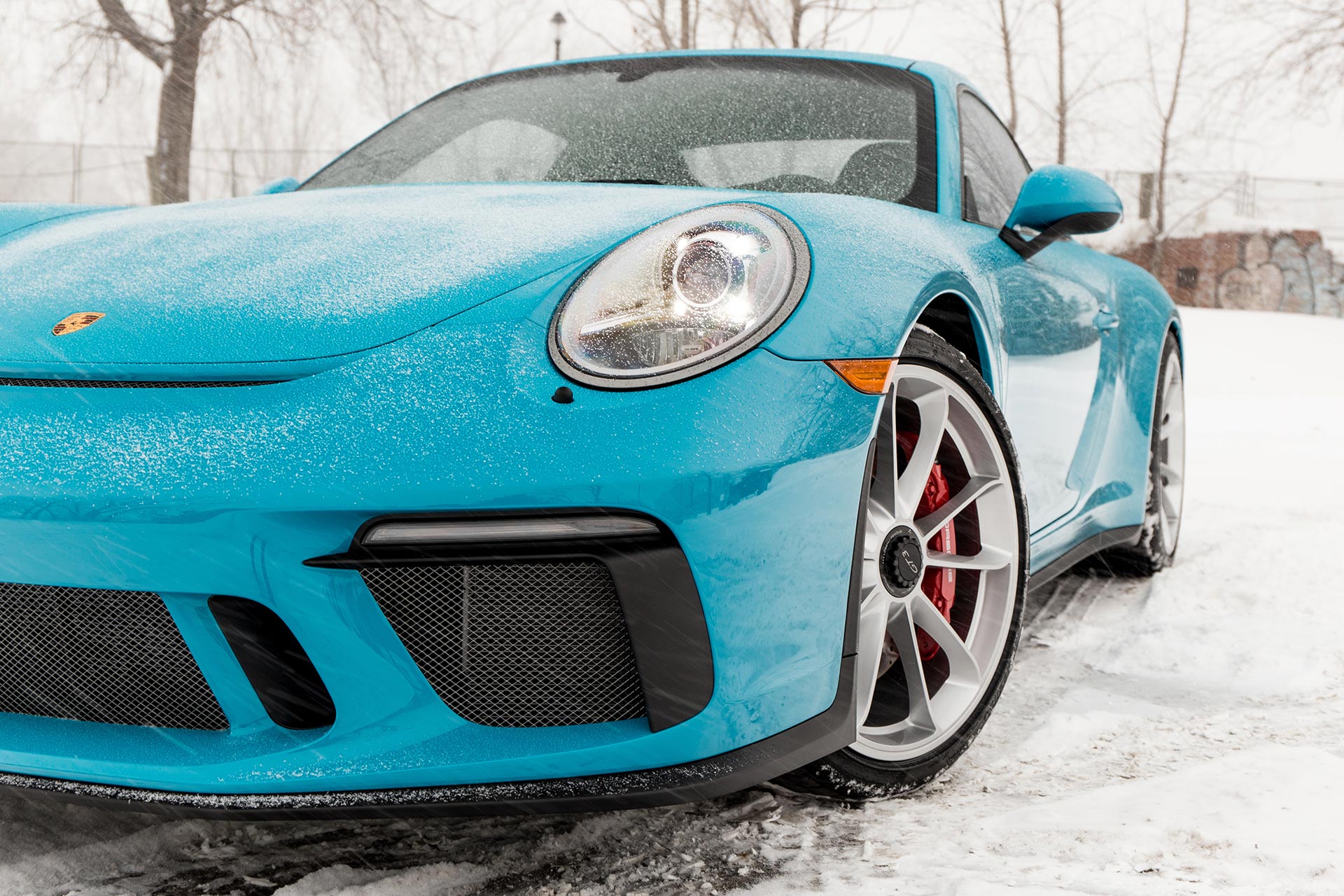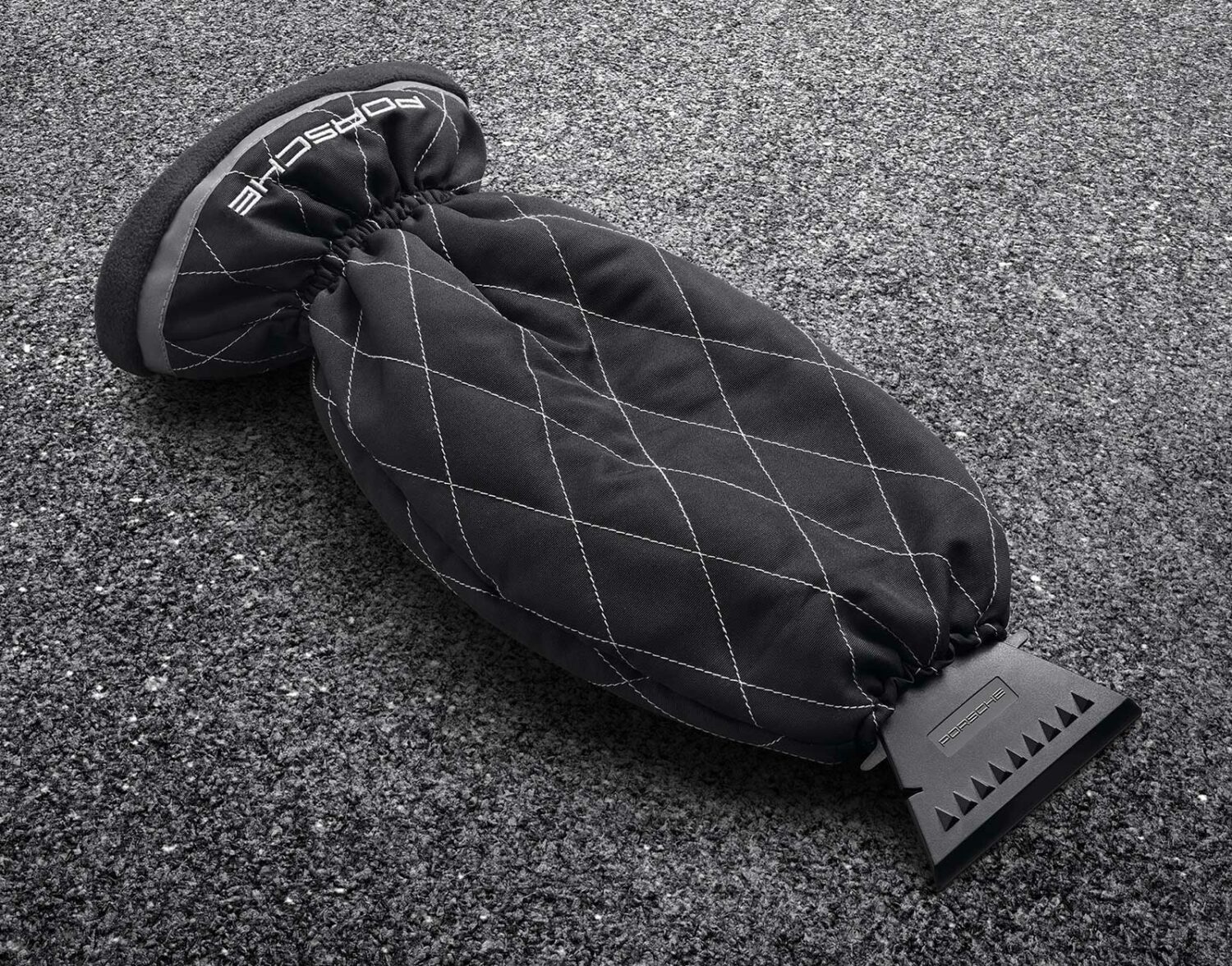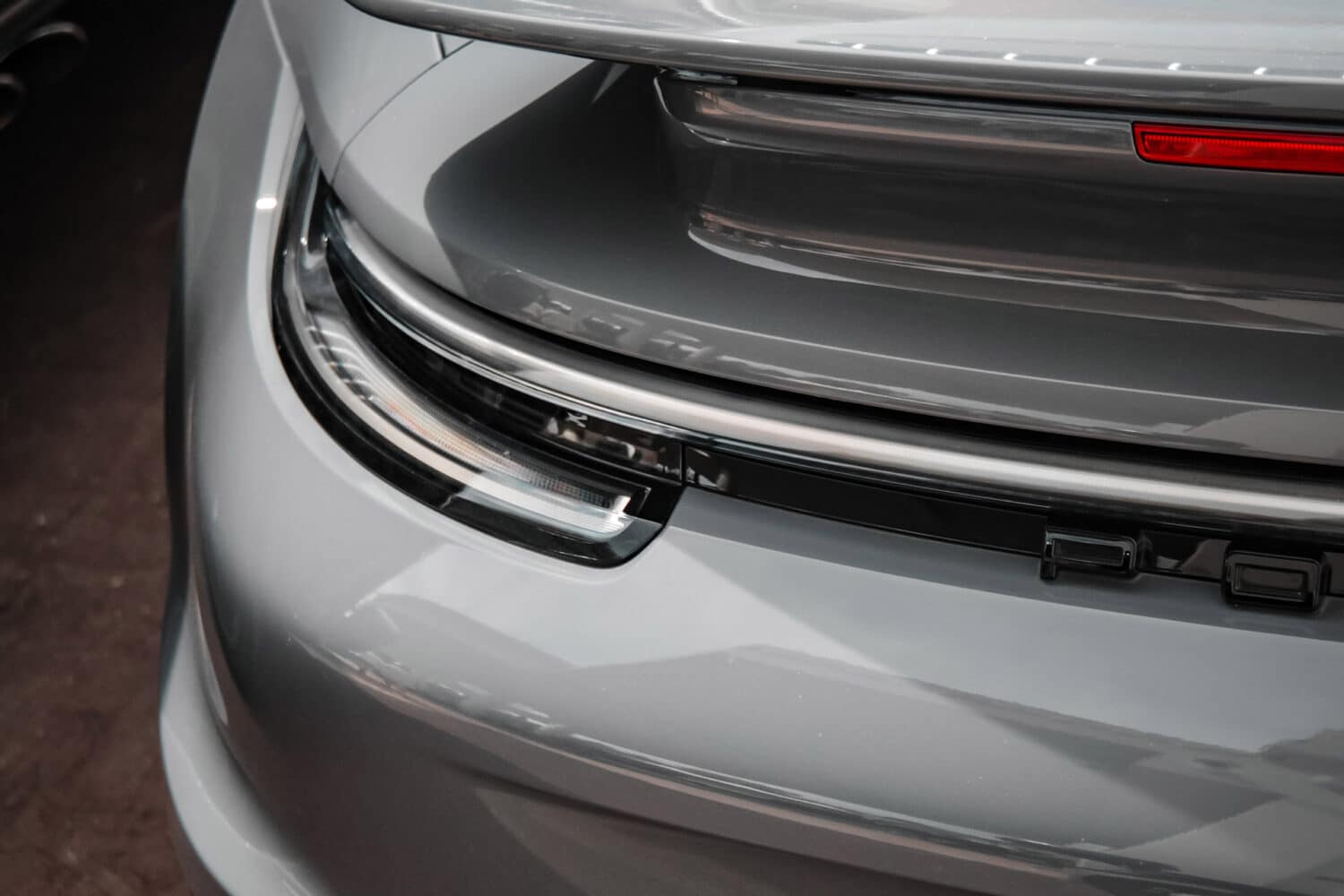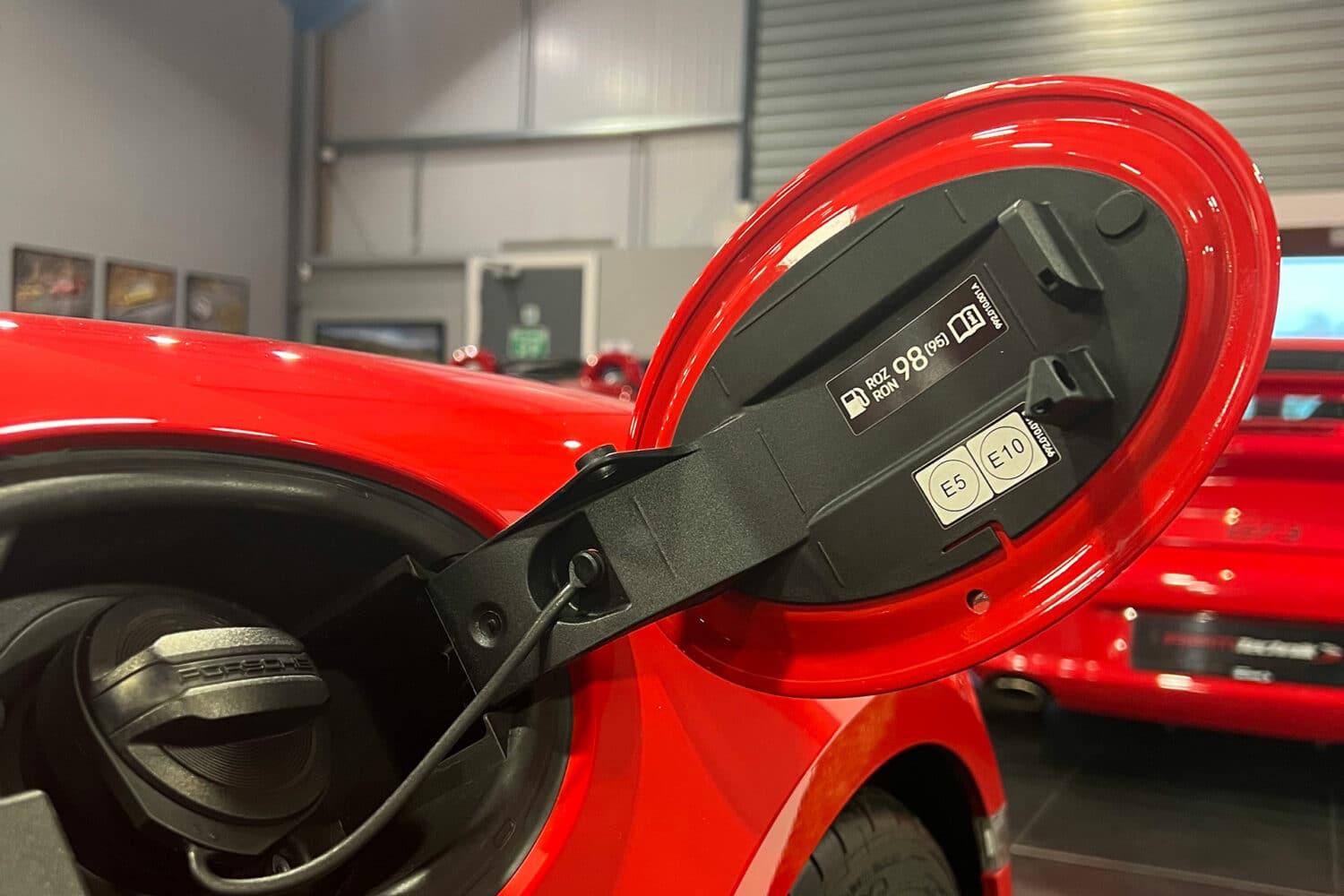
How to protect my Porsche over winter
“Use it or lose it” “dirt don’t slow ya down” “not a garage queen!”
All commonly heard phrases and in fairness, admirable in their intent. However, there are plenty of Porsche owners who take equal enjoyment in keeping their pride and joy in the best possible condition and avoiding the winter weather. Rather than get into the debate for or against using your Porsche in all weathers, the purpose of this article is to help give a steer on how to best protect your Porsche over the winter period.
The ‘use it all year round’ owner
Before the cold and wet weather really kicks in, the best thing would be to get the car dry and then on a ramp for assessment. Here we can check the car without it being wet and covered in grime.
Treat anything exposed – 911’s from 964 onwards are protected with undertrays, which can be removed, debris cleaned out, fixings waxed so that they don’t corrode which can cause unnecessary extra work and cost on future maintenance. In addition to the floor pan, there are quite a number of components on the underside of the car that have areas of metal exposed to the elements. Once the salt arrives, these are vulnerable but can in many cases be cleaned and protected in readiness at very little cost. Waxing exposed areas on the chassis whilst not essential is also a sensible preventative measure to give the car the best opportunity to stay in the best of health.
Check your perishables – all rubber items on the car will go through more extreme heat cycles of with both the freezing weather overnight, and hot cycles when the car is being used. Depending on the age of the car it is best to have them all assessed to ensure they are not near the point of perishing and losing their strength. A rubber coolant hose can be a common failure, which if it fails at best will cause the car to be stranded, at worst it could result in damage to engine internals. Rubber boots that protect ball joints from the elements can perish and split, allowing the elements in. Other items such as rubber door membranes if not in the best of health can let moisture into the car, creating musty smells or condensation which then freezes on the inside of your windscreen – not cool! The tyres you choose for the car over winter are key and will also keep you safe. Whilst a Cup2 can be used all year round, their low-temperature grip is significantly reduced, so alternatives such as a Pilot Sport2, Pilot Sport 4S or even the Michelin Cross Climate or Alpine tyres will give increased cold-weather grip in that order. In fairness, either the Michelin Sport2 or 4S tyre are fantastic all-rounders, capable of both summer road trips and winter sludge.
The basics – smeary wipers? They won’t improve, put on some fresh ones! Less than perfect battery? Put a new one on. The cold weather makes an already deteriorating battery weaker, no one wants to be stranded because the car won’t start. Make sure screen wash is full and has a good concentration of screen wash additives. Also, why not do your bit for the environment, bin the aerosol de-icer and get a good quality Porsche plastic scraper which will last forever. If you are intending to use your Porsche all year round, best to keep it outside or in a carport when not in use. Putting a salty wet Porsche into a garage where the moisture cannot escape, will actually speed up any corrosion.

The ‘tuck it up for winter’ owner
If you intend to lay the car up for the winter period, a good time to take it off the road is from November to March or when your roads start to be salted for ice. We would suggest keeping the battery on a trickle charger/ conditioner throughout that period, to ensure the cold weather doesn’t weaken it and you can’t start it come to Spring. There are plenty of high-quality products out there, some models even allow you to charge through the cigarette lighter point for maximum ease. If you have the facility, obviously keeping it in a garage on a charger would be the optimum solution. Before putting it away for a few months, keep the fuel low as possible to avoid having a full tank of fuel that can go ‘off’ over time. Ensure that the Porsche is fully dry before storing it, and leave with the handbrake off but ‘in gear’ to avoid sticking pads or stretched handbrake cables (if the car has them!)
There are varying opinions on whether to start the engine and warm it up occasionally, whilst the car is taken off of the road. Our opinion is to simply leave the car alone until you need to/ want to drive I again. Our logic is that whilst the engine warms up, it doesn’t get to full operating temperature really and it can create hotspots in the mechanicals as no air is flowing through the car that can cause damage. Additionally, other components in the car won’t really be getting any exercise/warmth in them, therefore further lessening any benefit there may be of starting it periodically. Keep an eye on tyre pressures in case you have a slow leak that could deflate the tyre and then the weight of the car damage the side walls. Once you are ready to drive it again, ensure all fluid levels are correct, tyre pressures are set and let the car warm before taking it for a run. When you do, ensure the run is at least 25 minutes for the car and mechanicals to really go through a good heat cycle and again check all fluid levels when it is up to temperature (apart from the coolant as now obviously under pressure!).
If a garage is not available, carports are excellent with some people arguing they are even better than a garage as airflow is kept going through the underside of the car which won’t allow any moisture to build up. Obviously ensure the Porsche is not sat on the grass or a permanently wet floor base whilst being laid up, as that will also accentuate any corrosion or moisture issues. If worst case, your Porsche has to be left outside for winter there are plenty of car cover manufacturers that provide tough products to protect the car. An item to note is to ensure that it fits snug, to avoid the car cover ‘flogging’ against the side of the car which can dull or even damage your paintwork.
Whilst the above list is not exhaustive, it helps give you an idea of how you can protect your Porsche for winter ensuring it is kept safe and reliable along with giving it some protection so future generations can also enjoy it. Drive safely 😊
SPEAK WITH OUR UPGRADES TEAM TODAY
To discuss your Porsche exhaust options, please contact our upgrades team on
+44 (0)1296 663 824 or send us an enquiry online.

